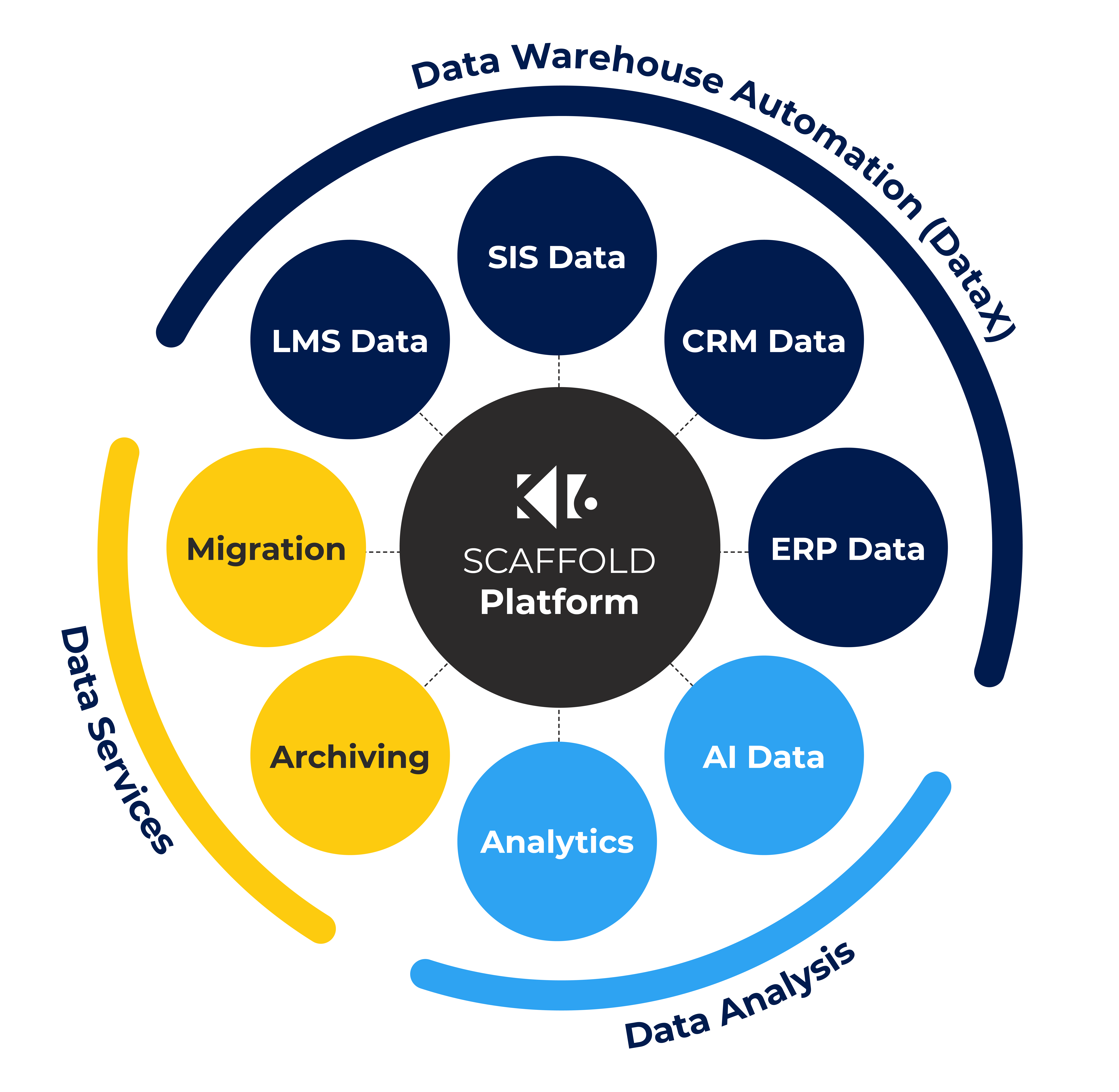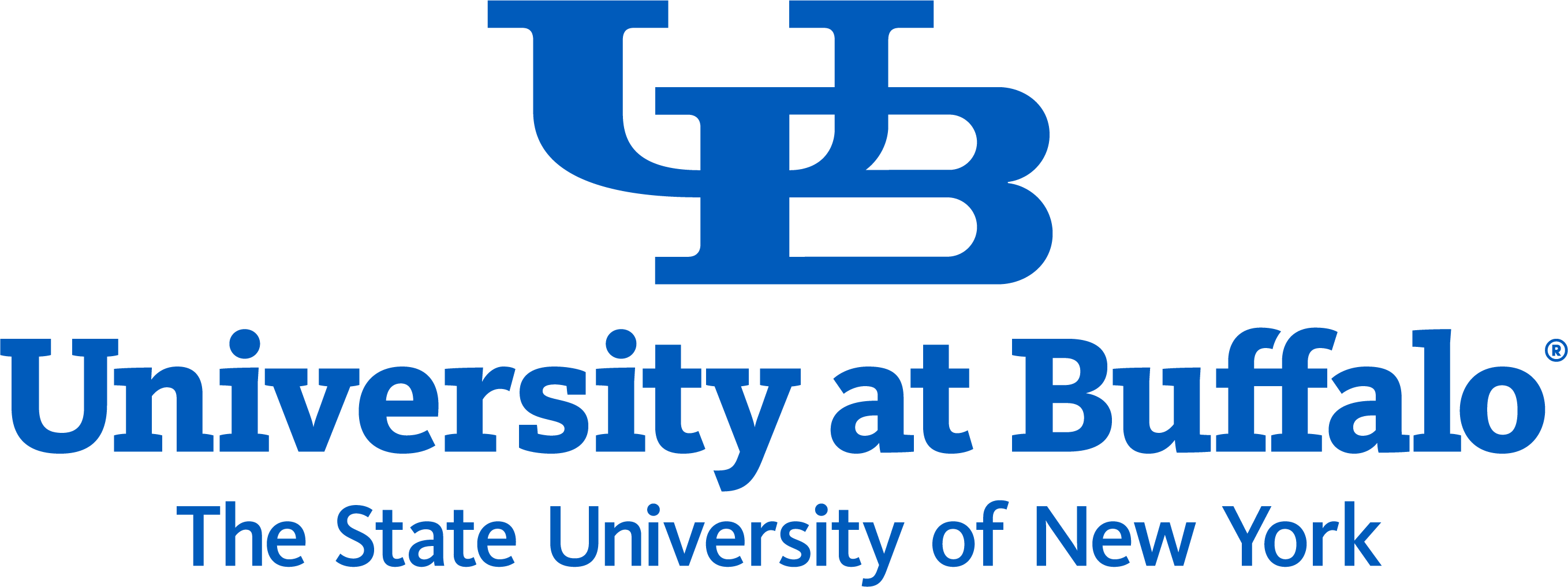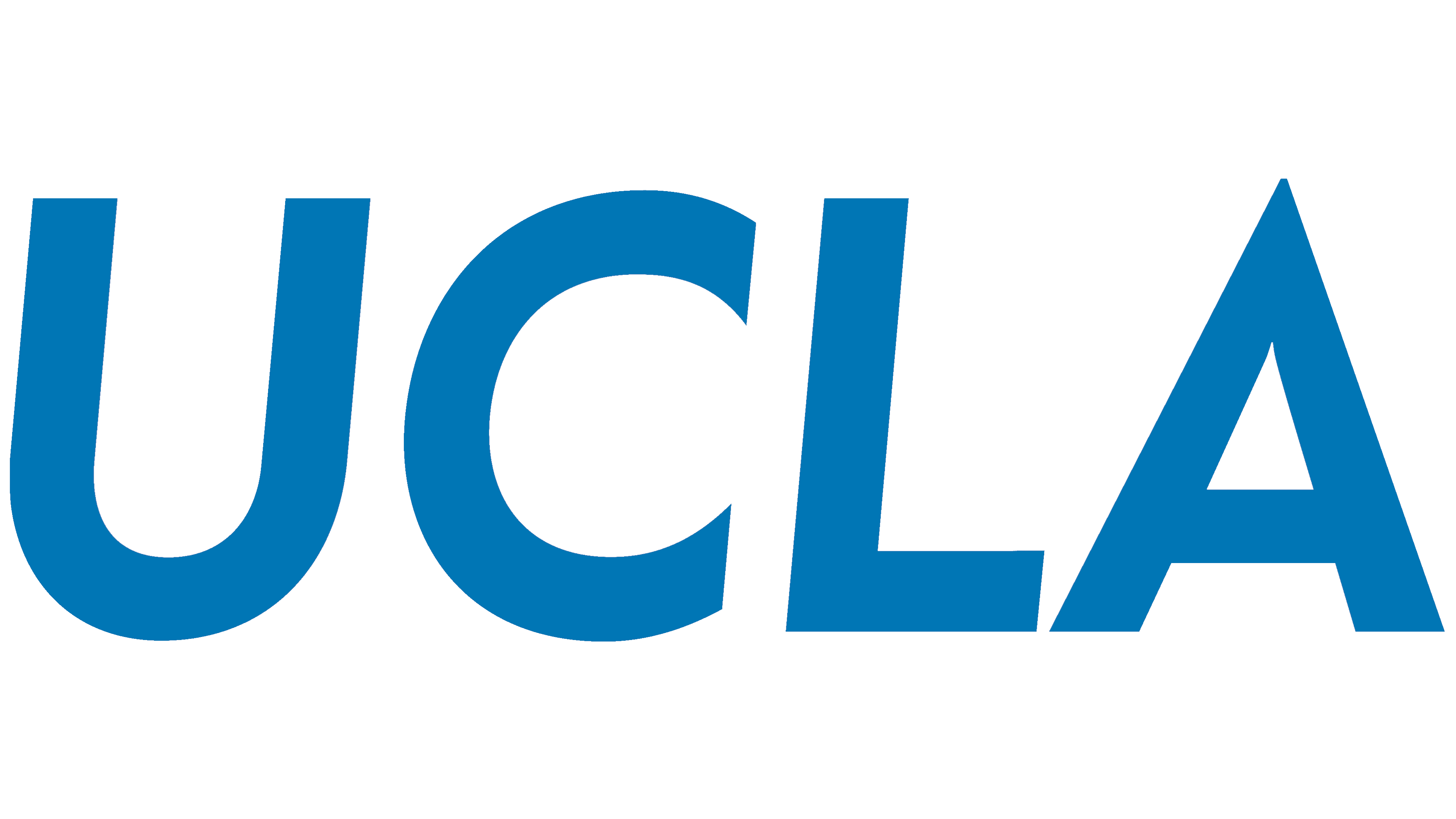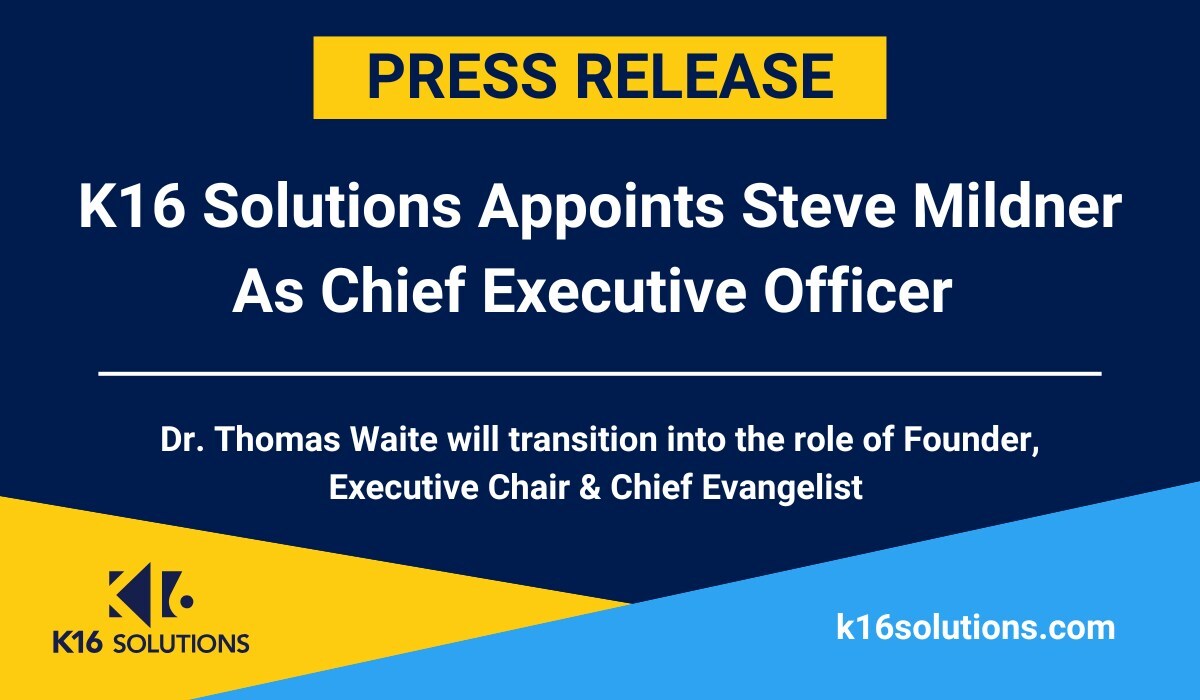Your Data.
Your Terms.
We help you unify, move, archive, or analyze your edtech data with our innovative Scaffold Platform.
Take Control Of Your Data
Too often, institutions are held back by siloed, outdated, or inaccessible data, making it difficult to manage, move, leverage, and prepare for advanced AI analytics. At K16 Solutions, we put you back in control.
With our Scaffold Platform, we move, archive, centralize, and streamline data from your LMS, SIS, CRM, ERP, and other systems—giving you clean, unified, AI-ready data at your fingertips, unlocking your institution’s full potential.

By The Numbers
We've helped institutions across the globe solve some of their biggest data challenges, and we're ready to help you.
Trusted by Leading Institutions
Join hundreds of higher ed institutions that have modernized their data strategy with K16 Solutions












Stay Updated
Subscribe to our newsletter for the latest updates on educational data management solutions, industry insights, and exclusive content.
By subscribing, you agree to our Privacy Policy and consent to receive updates from K16 Solutions.
What You'll Receive:
- Product updates and new features
- Educational technology insights
- Case studies and success stories
- Exclusive webinar invitations
Ready to Take Control of Your Data?
Schedule a demo today and discover how K16 Solutions can transform your educational data management with our Scaffold Ecosystem.
Schedule a DemoOur Solutions
- Scaffold DataX: Automated Data Warehouse
- Scaffold Migration: Seamless LMS transitions
- Scaffold Archiving: Affordable student data storage




